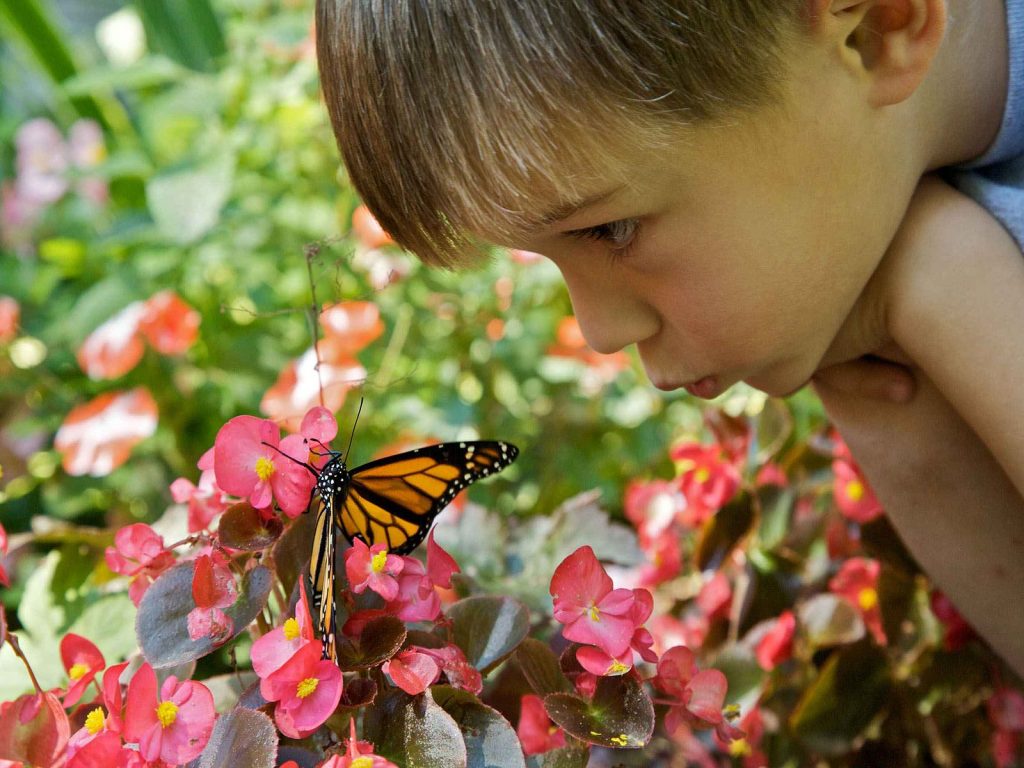10 Ways to Get Your Kids To Love Flowers And Gardening
By Jill Brooke
Isn’t it mesmerizing to see kids faces as they glance at a garden flower? The way they become enchanted, almost drugged by the dreamy colors and pillowy soft petals. The fragrant smell draws them in like a magic vapor and then something inexplicable happens. They get quiet. And then, even better, they get curious.
Flowers and gardening inevitably become a lifelong love. It has all the hidden trigger points to get them excited and focused. As well as the most important words parents want to hear. No Tech. Occupies them for Hours. Extra bonus points? It teaches them valuable life lessons.
We at Flower Power are so sure of the benefits gardening will be to your family, that we are giving you a listicle – with a kiss. You will thank me in years to come.
So here are 10 ways to help get your kids to love flowers, gardening and learning.
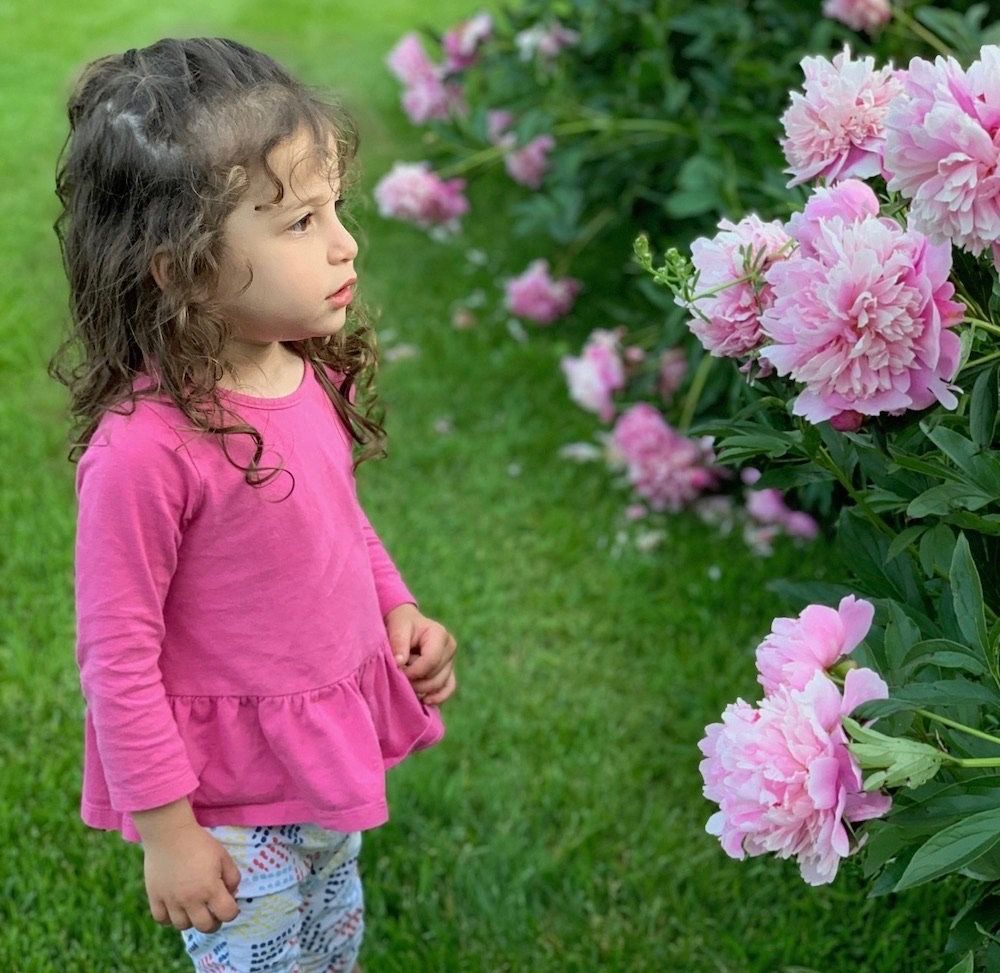
1) Give kids a space to call their own
If you earmark your child a piece of your garden as their special place, that’s what it will be. They will be more invested. If you have several children, then divvy up whatever part of the garden is available. Fab part of gardening is that it’s a group activity for all age groups.
If there isn’t any extra garden space, no biggie. Make a special point to let your kids pick any flower in a nursery as their special plant to watch grow.
2) Use advanced planning to build up excitement
Fill your voice with enthusiasm when you bring home gardening catalogs to pour through. Create a special book with favorite plant pictures that you choose from the hundreds available. Anticipate the seeds arriving. Opening the package with your kids and hearing the seed packets do their jiggle is a soundtrack to your life.
My son had zero interest in this. However, when I told him how seeds were transported in battleships and sometimes valued more than gold, his interest peaked. Then I told him how in many family histories, relatives brought seeds of beloved flowers that became the only memory to root them to their heritages – because gasp gasp – no one had iPhones 100 years ago.
Seeds and flowers have ancient histories. It can prompt conversations about what flowers you may have remembered as a child. They then learn more about their grandparents and family roots through botany.
3) Get child-friendly gardening tools in their size
There are so many available. These plastic shovels, wheelbarrows and rakes make it official. They are a gardener. Spades for adults are too heavy for their tiny hands and not maneuverable. If you don’t have these tools, think of using a spoon. Get books pegged to various age groups on what bugs or flowers they can discover in the garden. This really makes the project so much more fun.
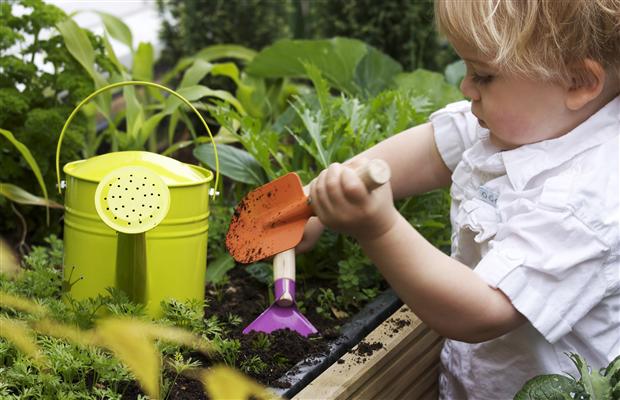
4) Let kids get dirty and don’t freak
That is a must. Let kids explore Mother Earth. Let them pick at rocks and leaves to see what’s underneath. Explain how the wiggling worm is there to stir up soil and produce nutrients that better feed the flowers. Teach them to identify bugs that are harmless and those that become nuisances. Assure them that most bees won’t sting if you refrain from swatting them as you do your sister or little brother. Nor should you step on humans or bees.
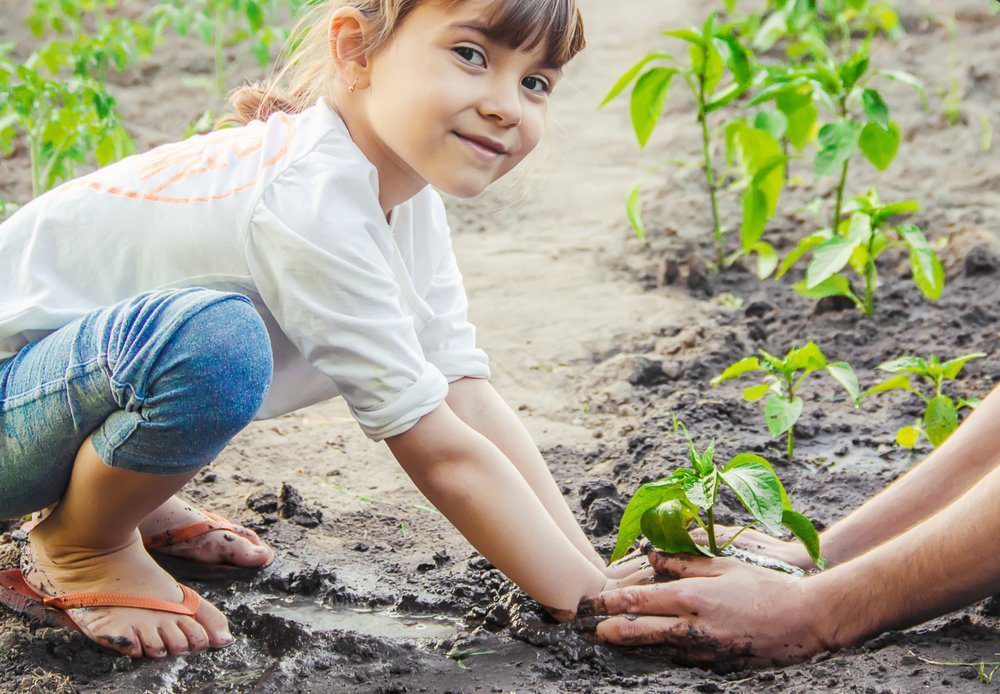
Be excited when you dig a hole in the ground to place the plants that each family member chose as their favorite. Let them pat the earth with comfort and no judgment. Because the earth has an energy that they will start connecting to forever. It has a calming effect that studies around the globe confirm. But you have to experience it first.
5) Create gardening games and contests
Make a contest to see who can pull the most weeds out around flowers. Then teach them to marvel how weeds with a mere tug will fly out of the ground like a dusty spaceship but flowers have stronger roots. And when they inevitably pull out a flower, you will giggle and say, “We all make mistakes and then learn from them.” Not sure if we should have a game where we chart “Whose Is Bigger,” because watering the soil of their values should encourage supportive engagement.
That, by the way, is wishful thinking. All siblings will notice whose plant grew bigger. However, as a parent, the adult, the moral arbiter, you can stand strong as the oak tree. Shift direction like the wind and point out that the other child’s flowering plant was the most beautiful color you ever saw.
You know how kids love funny names. Well, flowers and plants are gifts that keep on giving. Show how an impatiens is also known as “Bizzy Lizzy,” and how “Hot Poker” looks like a flaming sword and there’s also Dutchman’s Breeches and a flower called Chocoholic Snakeroot. Then ignite imaginations and ask them to name plant types off that.
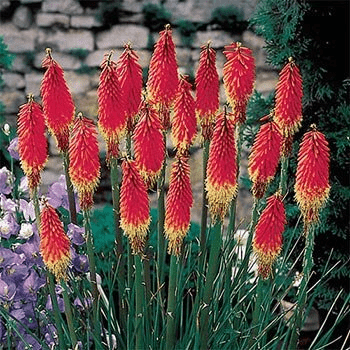
Get a hibiscus – fun to say and great to plant. It grows so big. Its flowers are huge.
And although it dies right down to the ground in the fall, it zooms up in the spring and ends up being a tall plant again by midsummer. Kids will think of it like Jack & the Beanstalk. A kind of fairy tale plant. Looks exotic, like something from the tropics.
6) Be colorful in your choice of plants
There is a reason that Fisher Price made a fortune with toys scattered in your living room that clashed with the beige swatch you spent two days deciding on. Kids are attracted to color! Bright bold colors. With flowers, there are as many options as Crayola crayons. Have fun.

Once planted, they will ooh and aah as buds with wand-like threads of hot pink and deep purple peek out of the green stalk. Then you can start counting how many flowers are blooming since the colors stand out in the crowd.
7) Awe them with plants and flowers that bloom quickly
Plant a sunflower and watch it grow. Some varieties can be as large as a small child’s face. Also, look for varieties that grow quickly. Mandevillas will climb a foot in a week. Delight them with dahlias, the national flower of Mexico. The dahlia grows from a funny-looking tuber, comes in an array of colors, and will grow into a bush-size plant that needs support and puts out flowers until frost. Teach the kids that if they pinch off the side buds, the center flower bud will grow huge. Also, consider having them scatter some wildflower seeds, and let them appreciate the wonder of delicate flowers, like the blue forget-me-nots and tiny white baby’s breath. Many wildflowers are kid-size flowers and involve a lot of lying on your stomach to see, so plant them along a path, or the edge of the garden.
8) Let them learn not to be afraid of nature – even bees
It will teach them to be cautious and understand that things that are dangerous can be managed and helpful. Flowers are pollinated by bees and since statistics show they are in decline, we need to protect them. Everyone has a purpose in the food chain of life.
Let them understand that there are different ways to grow. Some flowers are bulbs, like tulips and daffodils. Some are seeds like zinnias, daisies and wildflowers. And some are roots like rose bushes.. Flowers come in different colors and sizes. But are all beautiful in their own way. Some like shade. Some like the sun. Some wilt and don’t bloom but may the next year. This teaches patience and perseverance.
9) Buy an exotic plant each year
Make it something you’ve never grown before. Encourages trying something new and learning about a new variety or flower. It also becomes a family project you can all share together. Or just pick a special color of familiar plants each year.
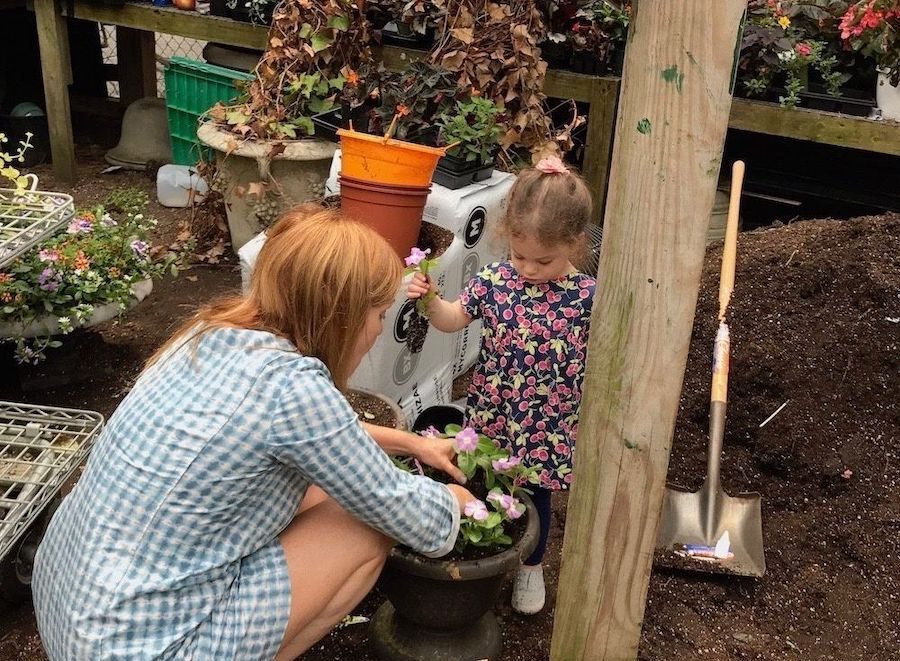
10) After the flower grows, don’t stop the learning
Sit by the garden with drawing pads. Maybe your child can be like Pierre-Joseph Redoute, the greatest botany artist of all time. Let your science buff look at how exacting each flower petal is and how it creates perfect patterns. Tell them how flowers reproduce in different ways. Bulbs make little bulbs in the ground. A plant seed makes seeds in the flower that fall like rain on the ground to make more flowers. Those with roots, like roses and peonies, get divided to get more plants.
Maybe you also bought flowers that attract hummingbirds and butterflies. Monarch butterflies love the milkweed plant. Just listen to the sounds that are attracted by your kids’ efforts and the community created.
In conclusion
Yes, it is time to stop to smell the roses. As well as the lily of the valley, hyacinths and sweet alyssum. Sit still and hear the sounds of nature as well as, the most important sound of all. A child’s giggle of discovery.
Come the fall, you have another opportunity. Plant daffodils and tulips. When the spring bulbs bring their trumpet songs, a child learns patience and advance planning. Flowers are a present always. Plant it for fall and then it unwraps like nature’s present in the spring.
Our tips to help entice your children to love the glory of gardening and flowers were covered on Fox 5. Check it out below, and be sure to follow us on You Tube for our how to videos, coverage of national and international floral festivals and much more!

